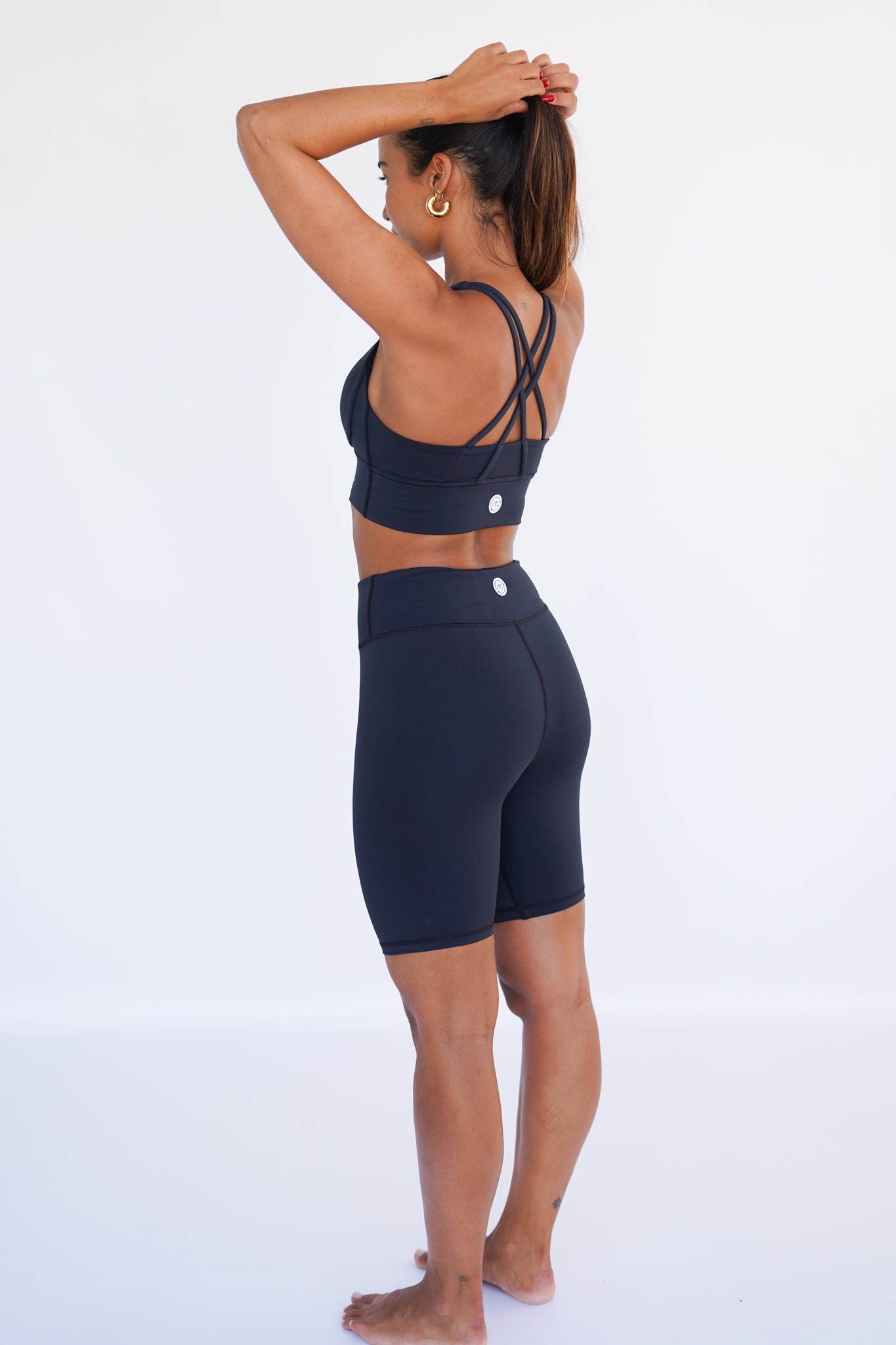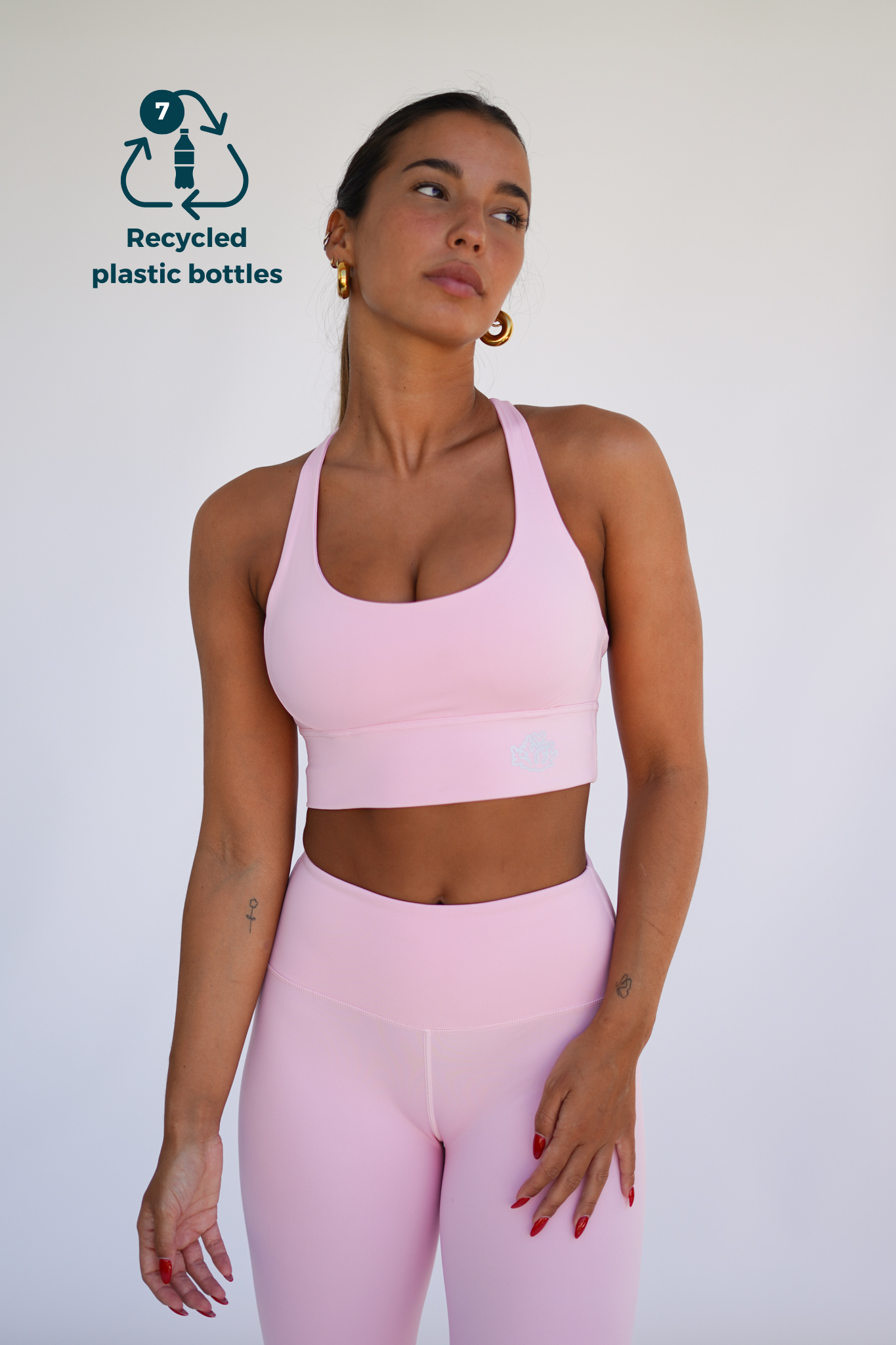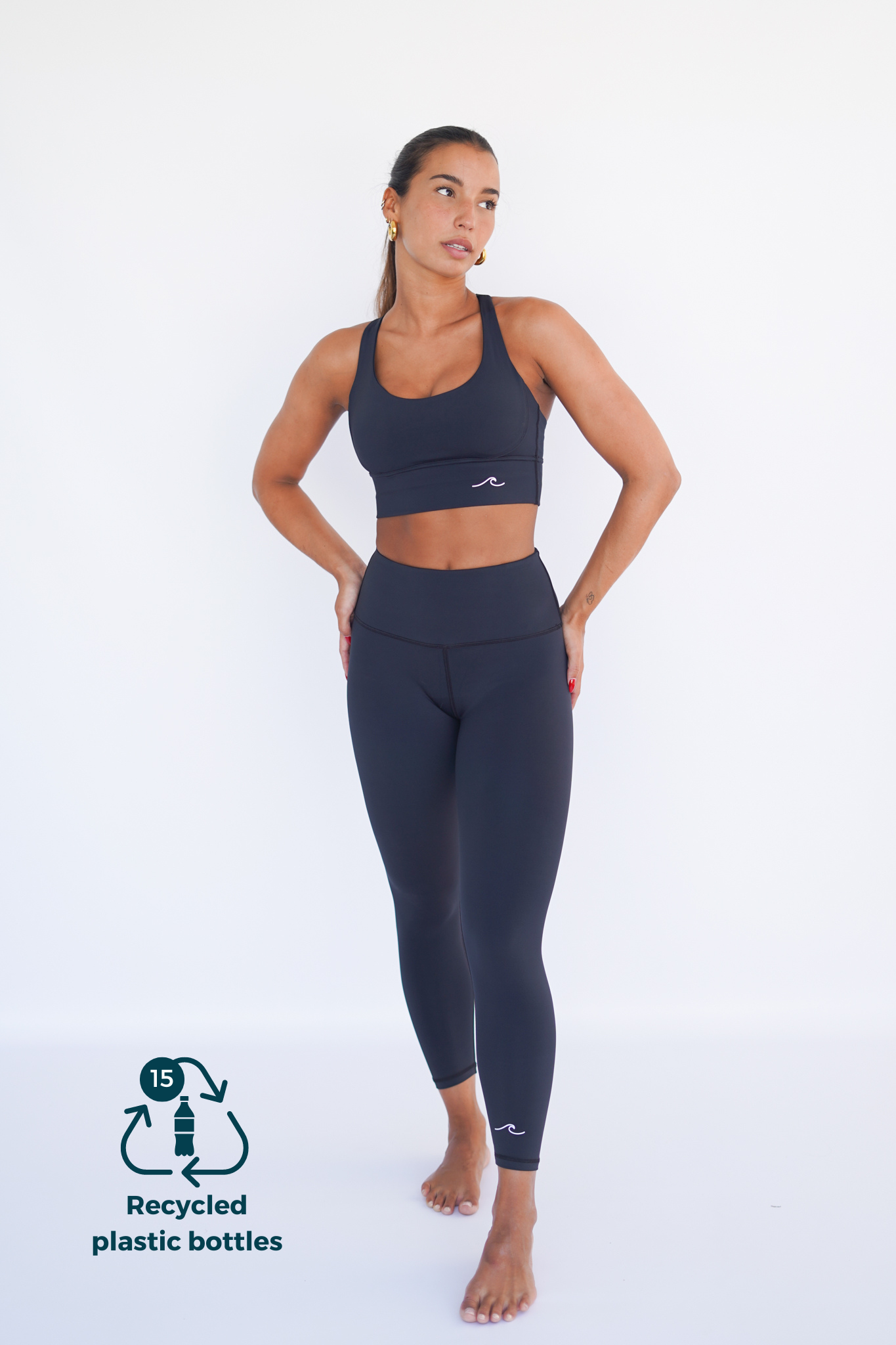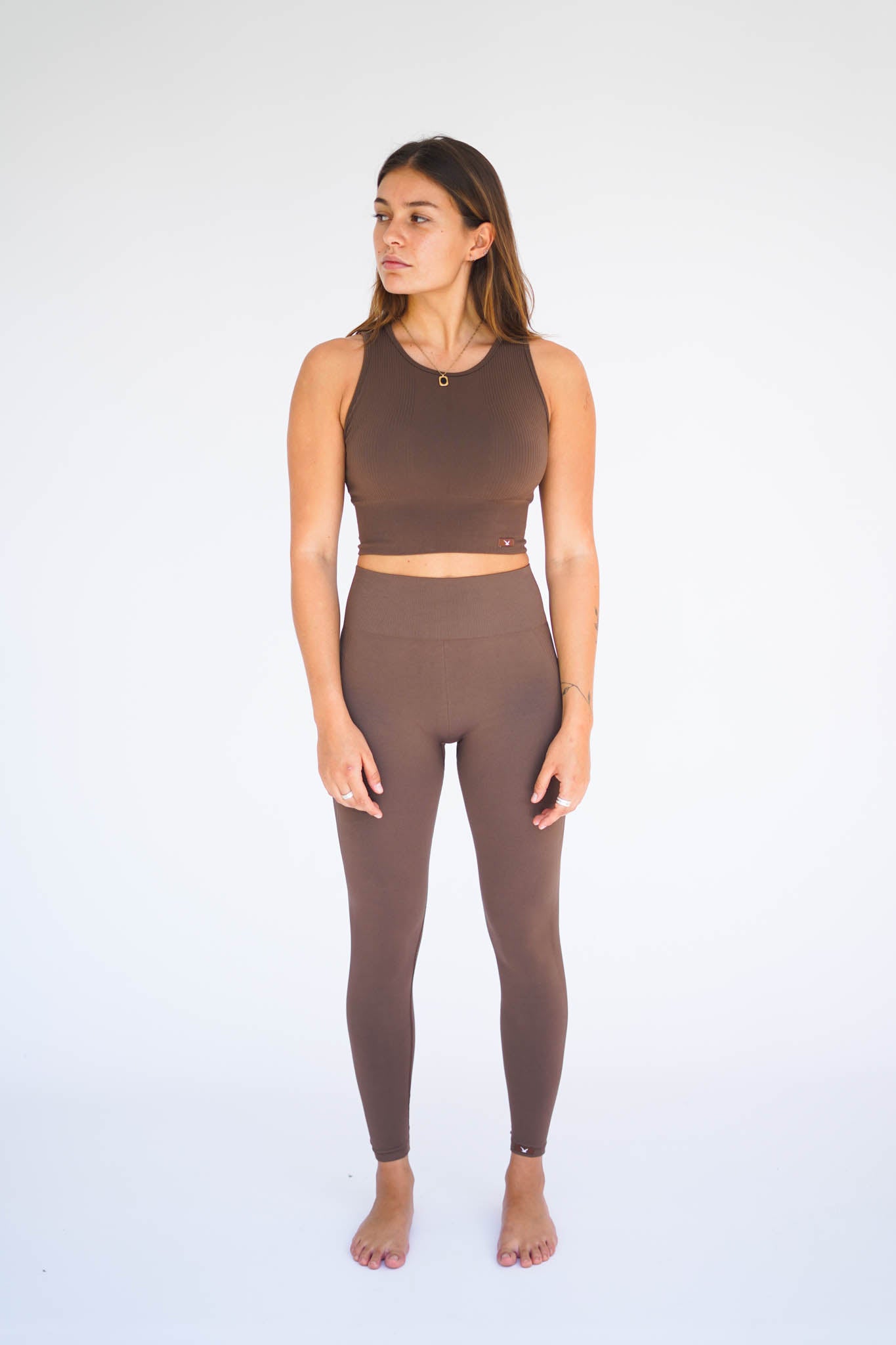
20 Best Yoga Poses for Beginners 2024
If you are taking your first steps in everything that has to do with yoga, it is natural that you feel overwhelmed by the variety of postures that exist. However, yoga is a practice accessible to everyone, and starting with the right poses can set the stage for a great experience. In this post, we will tell you what yoga postures are, how they are classified, which ones to start with, and we will give you some practical advice so that you can make the most of the benefits of this discipline.
What are yoga postures?
Yoga postures, also known as asanas, are the fundamental physical positions and practices that make up this discipline. It is through asanas that yoga allows us to strengthen, make flexible and balance the body, as well as calm the mind and promote our general health and well-being. Yoga recognizes the connection between body, mind and spirit, and postures are a tool to explore and cultivate this connection.
Each yoga posture has its own characteristics and benefits, since while some postures focus on flexibility and stretching muscles, there are others that work on strength and balance.
What are yoga postures for?
Yoga postures serve several physical, mental and emotional purposes, which we explain and comment on below:
- Muscle strengthening: When we practice yoga we must maintain a certain position for a certain time, by doing so we work on muscle and joint resistance, which become stronger over time.
- Joint flexibility and mobility: Yoga poses help stretch and elongate muscles, tendons and ligaments, which improves flexibility and range of motion in the joints.
- Posture improvement: By working on proper alignment of the body in different postures, yoga helps correct poor posture that often causes chronic pain, contractures, and other discomforts.
- Stress and anxiety reduction: The practice of yoga postures, combined with conscious breathing and mindfulness, reduces stress and anxiety levels, promotes relaxation and mental calm.
- Improved balance and coordination: Many of the asanas require some balance and coordination, so constant practice improves these skills.
- Stimulation of the circulatory and lymphatic system: Yoga postures that involve inversions or compressions improve blood circulation and stimulate the lymphatic system, all of which favors the elimination of toxins from the body.
- Support for emotional and mental health: It is widely demonstrated that practicing yoga helps cultivate greater self-awareness, promoting acceptance and self-esteem.
How are yoga postures classified?
There is no single way to classify yoga postures, so we explain below the different criteria that are used today:
By level of difficulty
Yoga postures can be classified according to their level of difficulty, which ranges from beginner to advanced. It is the most common form of classification, since in some way it provides a guide on where to start practicing this ancient discipline.
By muscle group or body part
Some yoga poses focus on stretching, strengthening, or aligning specific muscle groups, such as the legs or upper body. For example, forward bending poses serve to stretch and strengthen the muscles of the back while balance poses focus on strengthening the muscles of the abdomen.
By type of posture
Another way to categorize asanas is according to the way in which they should be performed. That is, we could classify them as standing postures (such as the tree or warrior), sitting postures (such as the lotus posture or the child's posture), inversion postures (such as the handstand or the bridge), flexion postures forward bending poses (such as standing pincer or downward facing dog), backbend postures (such as cobra or camel), among others.
For therapeutic objective
Because yoga can be very therapeutic, there are classifications of postures designed to relieve certain discomforts. For example, poses like cat-cow pose help relieve back pain, while bridge pose helps improve digestion.
By yoga style
Different styles of yoga have different approaches and emphases on postures. For example, Hatha yoga focuses on alignment and physical practice, while Kundalini yoga incorporates dynamic postures with breathing and meditation techniques.
What are the best yoga poses for beginners?
If you are thinking about starting to practice yoga and you feel a little lost, don't worry, it happens to almost all of us. Although incredibly rich and beneficial, this practice can become a little overwhelming at first, since there are so many options and so much information about it. To make the process a little easier for you, we leave you the 20 best postures with which to start practicing yoga:
Tadasana or mountain pose

This basic posture helps you find balance and body alignment.
Utkatasana or chair pose

Strengthens legs and improves posture.
Uttanasana

Stretches the back of the body and releases tension.
Ardha Matsyendrasana

Improves spinal flexibility and promotes digestion.
Bitilasana-Marjaryasana or cat-cow

Mobilizes the spine and relieves back pain.
Adho Mukha Svanasana or Downward Facing Dog

Strengthens the entire body and improves circulation.
Bhujangasana or cobra pose

Opens the chest, strengthens the back and improves posture.
Trikonasana or triangle pose

Stretches the sides of the body and improves balance.
Virabhadrasana I or Warrior Pose I

Strengthens the legs, improves balance and concentration.
Balasana or child's pose

Relaxes the mind and body, ideal for resting between postures.
Setu Bandha Sarvangasana or Bridge Pose

Opens the chest, strengthens the back and glutes.
Salamba Sarvangasana or supported candle pose

Calms the mind, improves circulation and digestion.
Viparita Karani

Relaxes the body and mind, reduces stress and anxiety.
Savasana or corpse pose

Achieve deep relaxation and reduce stress.
Vrksasana or tree pose

Improves balance, concentration and connection with the earth.
Natarajasana or dancer's pose

Opens the hips, improves flexibility and balance.
Supta Padangusthasana

Stretches the hamstrings and the back of the leg.
Ardha Baddha Konasana or Half Lotus Pose

Opens the hips and improves flexibility.
Paschimottanasana or seated pincer pose

Stretches the back of the body and releases tension.
Supta Baddha Konasana or Reclining Cobbler Pose

Relaxes the hips, stretches the inner thighs and improves circulation .
Tips for performing yoga postures
Finally, we leave you some simple but very practical tips for you as a beginner:
Be patient and progress gradually
Do not rush. Yoga is not a competition to see who can reach the most advanced pose the fastest. It's more like a long-distance race where patience and consistency are key. Respect your body's timing and move forward little by little, allowing the practice to develop naturally.
Don't worry about initial flexibility
Many people get discouraged at the beginning of yoga because they feel that they are not flexible enough. Remember that flexibility and strength develop over time and consistent practice, you don't have to push your body beyond its limits, and accept where you are in your practice right now.
Cultivate concentration through breathing
Concentration is essential in yoga, but it is also something that must be cultivated gradually. Use your breath as an anchor for your attention, focusing on consciously inhaling and exhaling during each pose. This will help you calm your mind and be present in the moment.
Report any injury or physical limitation
If you have any injuries or physical conditions that may affect your practice, be sure to inform your yoga instructor. Your instructor will be able to offer you appropriate modifications and advice to adapt the practice to your current limitations and needs, avoiding injuries and maximizing benefits.
Wear appropriate clothing
It is very important that you feel comfortable and free to move when practicing yoga. If you are continually bothered by labels, elastics, hot materials, etc., you will not be able to focus on what you should. Opt for brands that not only create quality women's yoga clothing , but are also environmentally responsible and use recycled materials. This way you will not only be able to do comfortable yoga, but you will be helping the planet.
A good example is the Fitplanet brand, an online yoga store that offers sustainable clothing for women , from women's yoga sets to clothing for any other sport.
Below, we leave you images of the sports tops for women, the best 2024 , ideal for practicing yoga. We also show you some of their other products:
Take advantage of the final relaxation
Take this time to notice how your body and mind feel after the practice, acknowledging the effects of the postures and allowing any tension to dissipate.
Conclusion
In conclusion, you need to remember that yoga is a personal process and that each individual will progress at their own pace. You can start with these 20 postures that we present to you, but we invite you to continue exploring. If you start with one and it doesn't work out, don't despair, remember that you are learning. With dedication and perseverance, yoga could perfectly be your new self-care tool, your moment to disconnect from the world to connect with yourself for even a few minutes.








